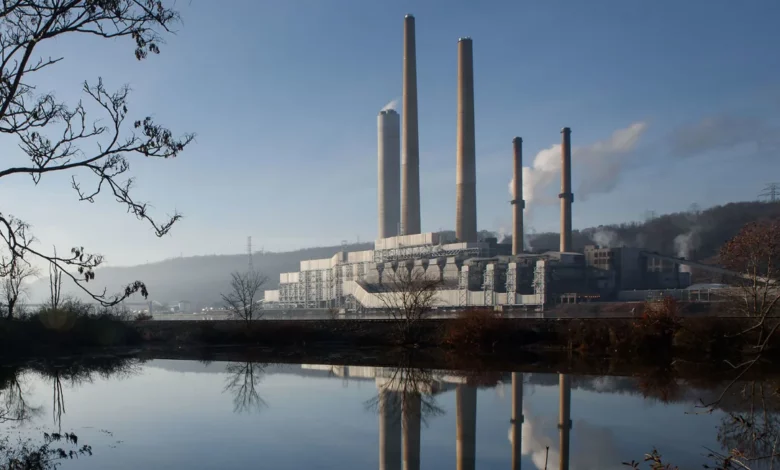
The falling emissions, driven largely by retirements of dirty, coal-fired power plants, put US climate pollution at its lowest level since 1991, Rhodium analyst Ben King told CNN. But the numbers also show the nation is nowhere near hitting the aggressive climate targets laid out by President Joe Biden at the start of his first term.
In order to achieve Biden’s goal of cutting emissions in half by the end of the decade, King said the current reductions would have to triple to around seven percent reductions per year. That would take much more wind, solar, nuclear and other zero-emissions energy providing electricity to the grid, more vehicles on the road powered by electricity or zero-emission fuels, and heavy industry like steel, cement and chemical manufacturers slashing their emissions.
“It’s good to see emissions moving in this direction, but more work is needed to keep the US on track for its Paris goals,” King said. It remains to be seen whether the US can keep its promise to steeply cut its emissions, and the US will have to update its targets next year – a step that will be shaped by the outcome of the 2024 election.
The data shows continued cutbacks on coal energy have a big impact on US climate pollution. Unlike in China, no new coal plants are being built in the US, and many utilities are retiring aging and costly power plants that were built in the 1970s and 1980s.
“We do see coal … is back to where it was in the Nixon administration,” King said. “We’ve resumed a structural decline in coal in the power sector which has been going on in the (natural gas) fracking revolution.”
The Rhodium data underscores cutting emissions and growing the economy can be done at the same time, King noted, especially given the massive amount of tax subsidies for clean energy in the Inflation Reduction Act. Rhodium’s numbers weren’t able to take much of the IRA’s impacts on the EV and clean energy industries into account, as 2023 was a year that the Biden administration spent issuing guidance around the law.
“Increasing deployment of these clean energy technologies, the IRA helps make the economic case for that,” King said. Other barriers remain, such as fast energy permitting to get more clean energy on the grid, and getting more EV charging stations built, but “if you can make it so darn cheap,” the ingredients for deep decarbonization are there, King said.




